Chicken breasts and chicken tenderloin are often used interchangeably in recipes but they do have some noteworthy differences. To get a full picture of the difference between the chicken breast and tenderloin we'll cover the following:
- What they are - definition
- Where they are - location
- How big they are - size
- How they taste - flavor
- How they look - appearance
- What they cost - price
- How healthy they are - nutrition
- How to prepare them - cooking
Table of Contents
Definition
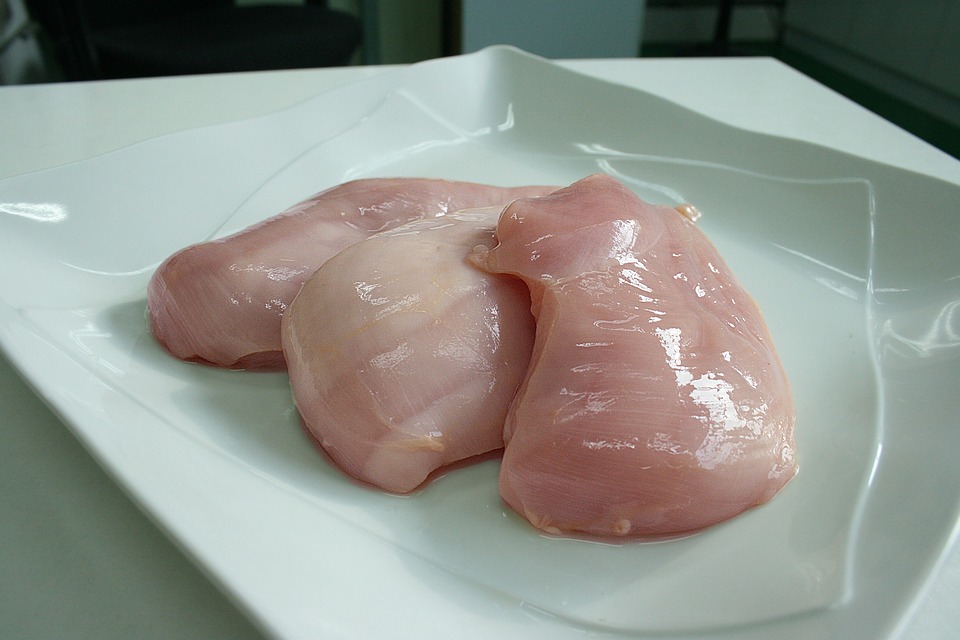
What is a Chicken Breast?
If you’re butchering a whole chicken, you’ll see two whole breasts on your chicken, one to either side of the breast bone with a wing attached at the back of each and the thighs and legs below. It is a large, plump , white meat muscle and the technical name for it is the pectoralis major.
What is a Chicken Tenderloin?
It can be hard to identify the tenderloin of a chicken because it is not one of the outwardly visible cuts. This is, in part, because the tenderloin is actually part of the whole chicken breast as it comes off the bird. Every chicken therefore has two breasts and two tenderloins.
The tenderloin is the pectoralis minor muscle and it too is white meat though, as the name suggests, it's more tender than the breast and it's smaller as well.
Location
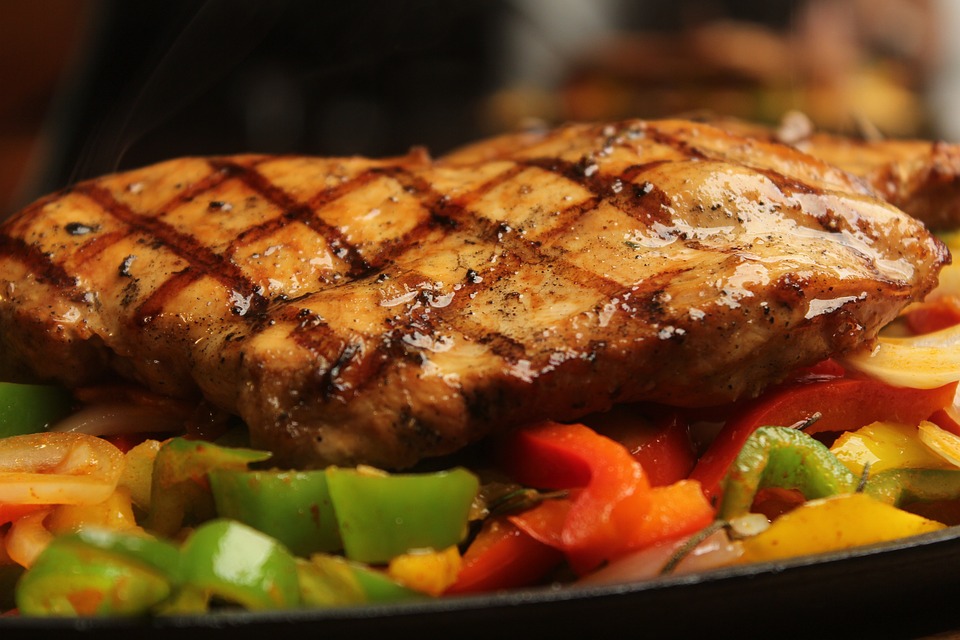
Where is the Chicken Breast?
If you ever buy whole breasts from the supermarket or remove them yourself as you’re deboning a chicken at home you’ll see that a breast usually consists of one large, typically plump cut of meat that is located on the underside of the bird. Each whole breast has two halves, the left and right, and they are typically sold separated as they are naturally split on either side of the breast bone.
Where is the Chicken Tenderloin?
The breast of a chicken has a smaller muscles beneath it that lies against the breastbone. The two muscles are loosely attached by a tendon that is easily cut or even pulled apart. This is the tenderloin.
Size
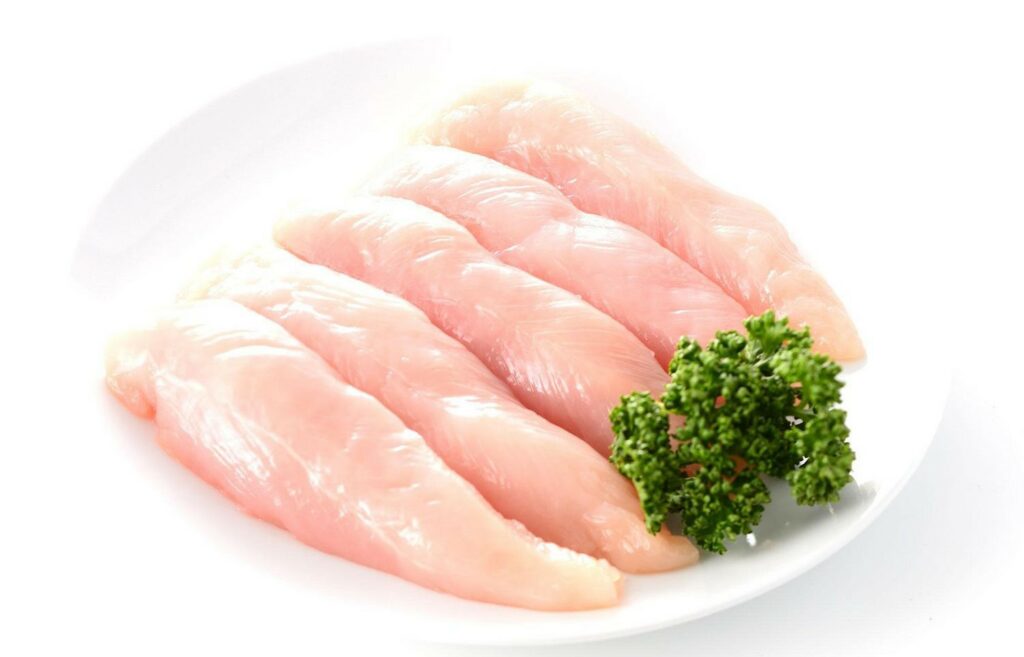
How Big is a Chicken Breast?
As the technical names of pectoralis major and pectoralis minor indicate, the breast of a chicken is larger than the tenderloin. A supermarket chicken breast that is boneless and skinless can weigh, on average, anywhere from a small 3 ounces to as much as 8 ounces. Some may get to 10 ounces and larger, but that is unusual.
Cooking chicken breast reduces the size by about 25% by the time you're done. That means an 8 ounce chicken breast will lose 2 ounces when cooking and be 6 ounces when you're finished.
How Big is a Chicken Tenderloin?
In general, chicken tenderloins will only be about a quarter of the size of the breast which it had been attached to. This will vary from chicken to chicken but you rarely see a tenderloin that would be more than a third of the size of the associated breast.
Like breast meat, the process of cooking chicken tenderloin will reduce its size by around 25%.
Taste
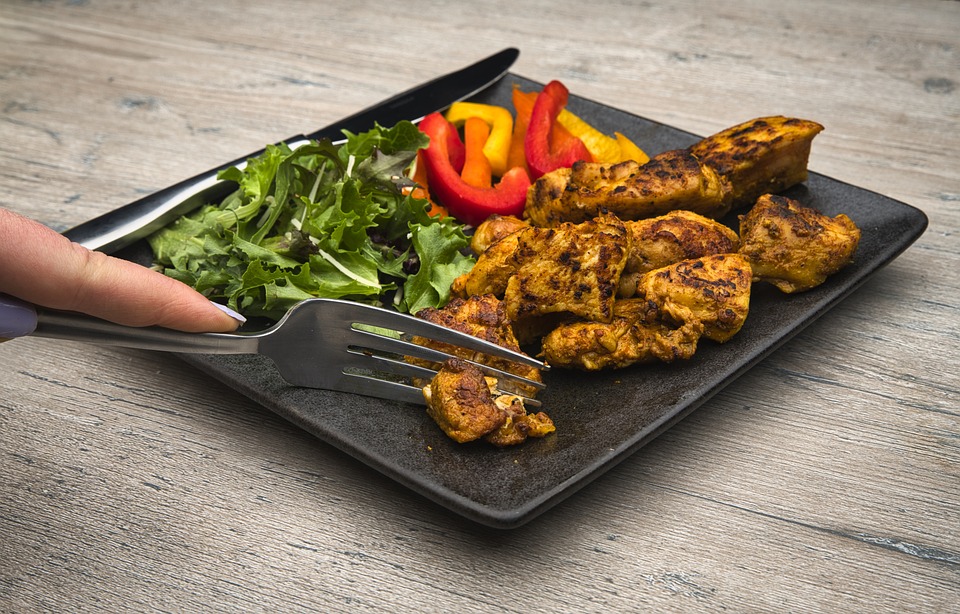
What is the Flavor of Chicken Breast?
Chicken breast is considered a very versatile meat precisely because of the taste and texture it brings to a dish. It’s easily able to pick up flavors without bringing a powerful flavor of its own into the mix, so it works well in many kinds of cuisine and with many flavor and spice profiles. Unless something like lamb, which is very bold and strong, or even the more flavorful cuts of chicken like thighs, breast meat can easily adapt and be prepared in countless ways.
The actual flavor of unseasoned chicken breast is mild. The lack of fat makes it bland to some people but there is an umami aspect to it with a very slightly salty note as well. For this reason, chicken breast chiefly relies on its texture mixed with added seasonings to complete a dish and make it memorable.
What is the Flavor of Chicken Tenderloin?
Chicken tenderloin tastes almost exactly the same as a chicken breast, but perhaps not as bland overall. because there is a higher sodium and fat content in a tenderloin compared to a breast, and because it's a thinner cut overall, the flavor is more pronounced. Combined with the increased tenderness, and many people prefer the flavor of the tenderloin if given a choice.
Appearance
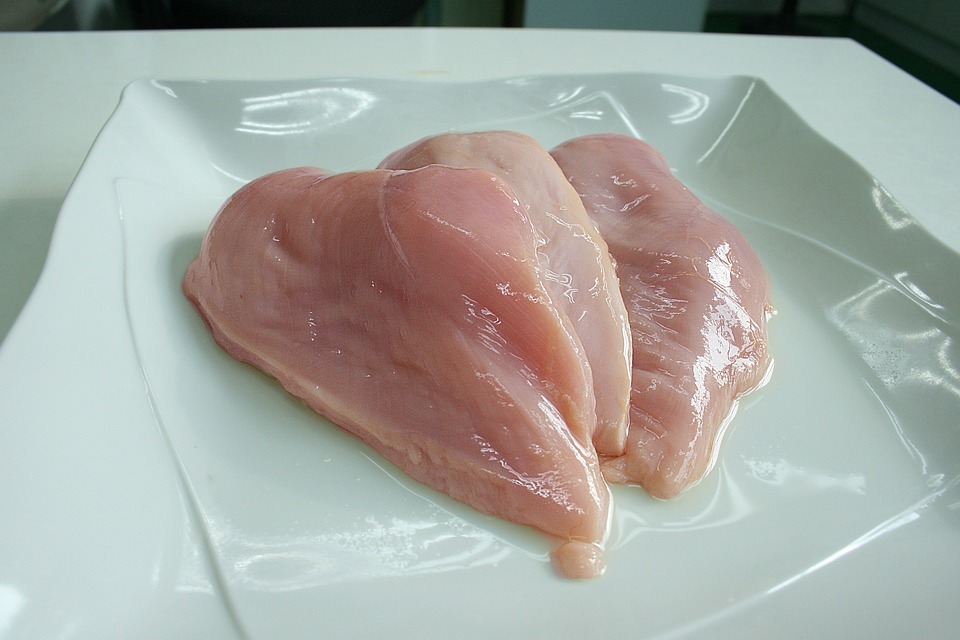
What Does Chicken Breast Look Like?
Breasts are typically plump, smooth and rounded at one end and tapering to a smaller point, almost like a teardrop at the other. They can sometimes be cut down to chicken fillets as well which changes the shape and potential texture. The color of fresh, raw chicken breast should be pale pink. If there is any fat visible, it will be white to a pale yellow color.
Cooked chicken breast will be very pale and white. Properly cooked there should be no hint of pink in it at all. Chicken is very likely to absorb colors from sauces and flavorings cooked with it, so this can alter the final appearance depending on how it's prepared. Likewise, a hard sear will cause a Maillard reaction turning the outside of the chicken golden brown to black, depending on the heat and length of time it was seared.
Chicken breast has a very malleable texture that can change significantly based on cooking methods. While ground chicken breast can mimic ground beef fairly well, slow cooked chicken breast can be shredded and mimic pulled pork while a grilled breast can be meaty and juicy and fried chicken can be very tender.
Dry cooking methods like grilling and baking can sometimes produce a very dry, almost woody texture from chicken breast, especially in thicker portions. Poorly cooked breast can even come across as mealy.
What Does Chicken Tenderloin Look Like?
Tenderloins will be flatter and more narrow than a breast, and less smooth across their surface. Like the breast the raw meat should be pale pink in color. There is generally no fat on a chicken tenderloin.
When cooked, chicken tenderloin is essentially identical to chicken breast.
If the chicken has a white, yellow or gray cast to it then it is likely not good.
A Note on Tenderloins, Tenders and Strips
Be careful when buying from stores as you may see something being sold as chicken tenders which are not, in fact, tenderloins. Sometimes chicken breasts will be butchered down into smaller portions and sold as tenders.
Tenderloin, tenders and chicken strips are all sometimes used interchangeably to represent thin segments of chicken that are either breaded or not breaded. Tenderloin should only refer to this specific cut of chicken and not be used as a general term. But be cautious when you see strips or a chicken tender because, while they could be made from tenderloin and you can easily turn tenderloin into strips or tenders, they could literally be made from any cut.
Price
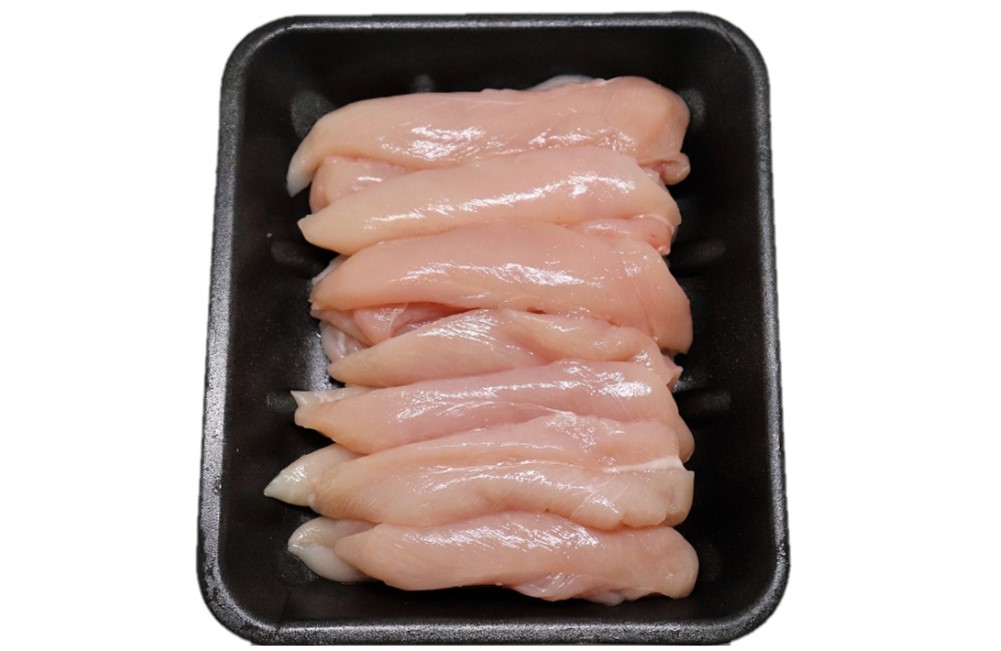
What Does Chicken Breast Cost?
In 2021, the average cost per pound for chicken breast in America was $2.70. On the other hand, the average price of whole chicken was just over $1.50 per pound, so it may be more sensible to buy whole chicken and do the butchering yourself.
What Does Chicken Tenderloin Cost?
The cost per pound of chicken tenderloin in the US in 2021 was about $3.72. Ironically, this was the "regular" price packages while, on average, value packs of tenderloin cost $3.99.
Nutrition
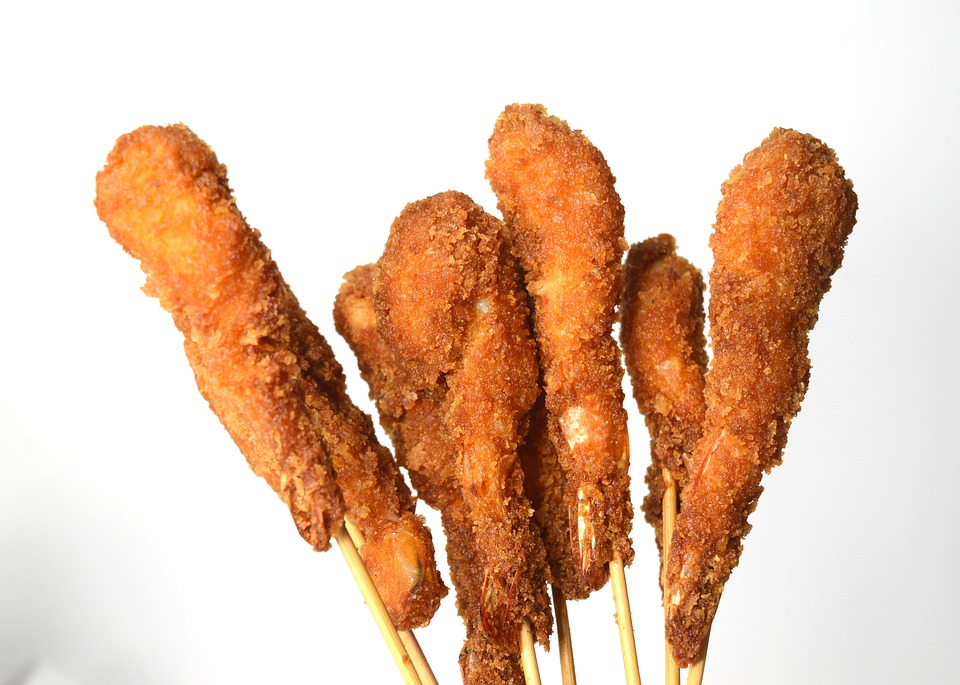
What is the Nutritional Value of Chicken Breast?
Chicken breast has long been prized for being a source of lean protein that is low in fat.
According to the USDA, for a 100g or 3.5 oz serving of chicken breast you will get (keep in mind these are for skinless, braised meat only and your cooking method can alter nutritional content):
- 166 calories
- 31 grams of protein
- 3.24 grams of fat
- 47 mg of sodium
- 116 mg cholesterol
What is the Nutritional Value of Chicken Tenderloin?
In an unseasoned chicken tenderloin you will find almost the same nutritional content but not exactly the same. Notable differences with a tenderloin include:
- 107 calories
- 22.3 grams of protein
- 1.34 grams of fat
- 80 mg of sodium
- 58 mg of cholesterol
You’ll notice the chicken tenderloin has significantly more sodium but less protein and calories overall. Chicken breast is more nutritious than chicken tenderloin overall. Aside from these nutrients, chicken breast has slightly higher concentrations of some vitamins like B6 and other nutrients.
A Note on Nutritional Values Online
One thing worth noting is that you’ll find a lot of unreliable information online about nutritional info between these two cuts. Some websites have an unsourced nutritional comparison that wildly misrepresents the nutrients in tenderloin, nearly tripling the calories, not to mention fat and sodium which is sometimes listed at more than 6 times the normal amount. It’s unclear where this information came from but it may have been sourced from an augmented source originally. Many tenderloins are sold pre-seasoned and processed with salt and chicken broth, which could explain the higher fat and extremely high sodium contents some websites have attributed to chicken tenderloin.
In any event, 100g of plain, unseasoned tenderloin should never have over 500 mg of sodium.
Cooking
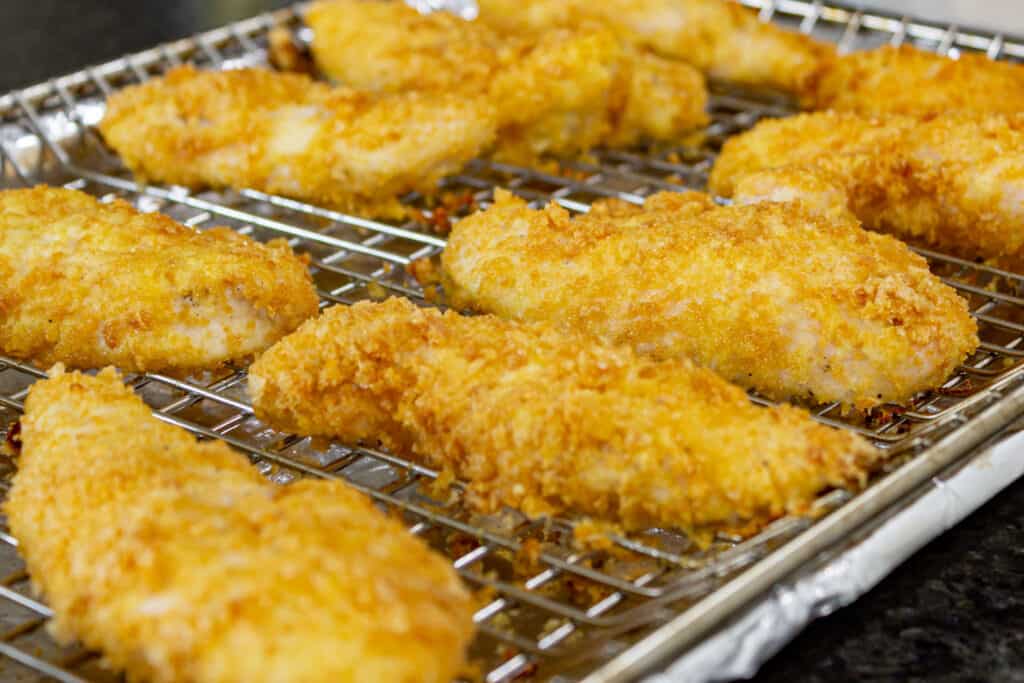
How Can You Prepare and Cook Chicken Breasts?
Chicken breast lends itself incredibly well to:
- Deep frying
- Pan frying/stir frying
- Braising
- Baking
- Grilling
- Poaching
- Broiling
Marinating chicken breast can help improve the dry or mealy texture it can sometimes get when improperly cooked. Most marinades work very well with chicken but you don’t want to leave chicken in a highly acidic marinade for too long. Chicken breast is best marinated for only 5 or 6 hours.
Good marinades for chicken can include anything from buttermilk (especially if you’re doing fried chicken), yogurt, barbecue sauce, or a simple mix of olive oil, lemon juice and your preferred seasonings like garlic, pepper, etc.
Cooking methods that don’t involve oil including grilling, steaming and baking can ensure unwanted fats are kept to a minimum though there will of course be some sacrifice in flavor as a result.
The best way to cook chicken breasts depends heavily on the size of the breast. You can cook chicken breast with the skin on and bone in can produce a juicy and flavorful final result, but if its skinless and boneless the same method could produce dry chicken, so you’ll need to be adaptable. If the same breast was cut into strips they could dry out completely.
Regardless of how it’s cooked, all chicken meat should reach an internal temperature of at least 165 degrees F before eating to ensure bacteria is killed and the chicken is safe for consumption. There is no difference between chicken tenderloin vs breast in this regard.
How Can You Prepare and Cook Chicken Tenderloins?
Chicken tenderloin, being a smaller and more delicate cut, does best when prepared in the following ways:
- Stir-frying
- Breaded/seasoned and fried
- Grilled
- Steamed
- Poached
- En papillote (in parchment paper)
Tenderloin needs less time to marinade than breast both because it’s already more tender and because it’s smaller. You can marinade a tenderloin in just an hour for quick preparation.
Tenderloins cook faster and needs to be handled more gently to keep them intact. Over marinated tenderloins can literally fall apart. Likewise, tenderloin that is not handled well may tear apart sticking to a grill or overcook and become tough if not watched carefully. It can also be easy to over season tenderloin and overpower the natural chicken taste as a result.
Chicken tenderloin will only take a few minutes per side to cook when pan frying or grilling. The low fat content means the meat is more likely to stick to a cooking surface as well, so grills and pans should be fully preheated and/or oiled before cooking to prevent sticking as much as possible.
Chicken tenderloin is often used for things like chicken fingers and other snack type foods.
Because there's less meat in a tenderloin, it is not as able to hold other flavors as well as breast meat.
Skinless vs Skin On
Cooking breast meat with the skin on can ensure that the final produce is juicier and potentially more tender than skinless chicken breast. If the chicken is pan fried, broiled or grilled you may end up with crispy skin as well.
Chicken breast is sold with the skin removed in order to seem healthy but this is not necessarily the case. Chicken breast skin does contain fat, but it’s also unsaturated fat which is much more healthy for you. Chicken breast skin contains about 3 grams of saturated fat and 8 grams of unsaturated fat. While saturated fat is the bad fat, you should limit your intake to around 12 to 13 grams per day, so the skin of one chicken breast can easily be worked into a diet accommodating those numbers.
Skinless chicken will have 231 calories per cup but skin on is 276 calories. If you’re eating a whole chicken breast rather than one cup obviously this will vary based on the size of the chicken but you may only be adding around 100 calories
Naturally, if you dislike skin, a tenderloin will be a good option because, as the internal muscle, it never has skin on it in the first place.
The Bottom Line
Chicken breast is a large muscle located on the underside of the chicken while the tenderloin is a smaller muscle located between the breast and the breast bone itself. The tenderloin is smaller and more tender and has a slightly higher fat and sodium content.
Chicken breast is better able to handle more flavor than tenderloin due to the fact the muscle is larger and can absorb more. At the same time, it runs the risk of lacking flavor if not well seasoned and it can also suffer from dryness. Tenderloin is a little easier to overcook.
Both chicken breasts and tenderloins can get pricey, but tenderloin is more expensive. Buying whole chickens and butchering them yourself is often a better deal.
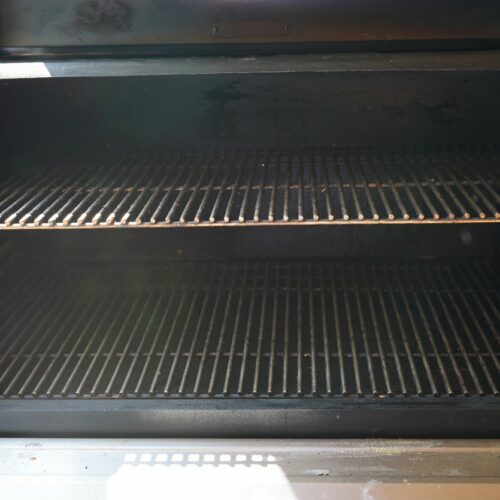
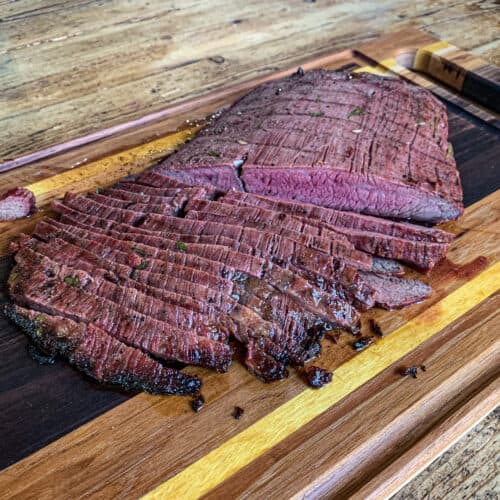
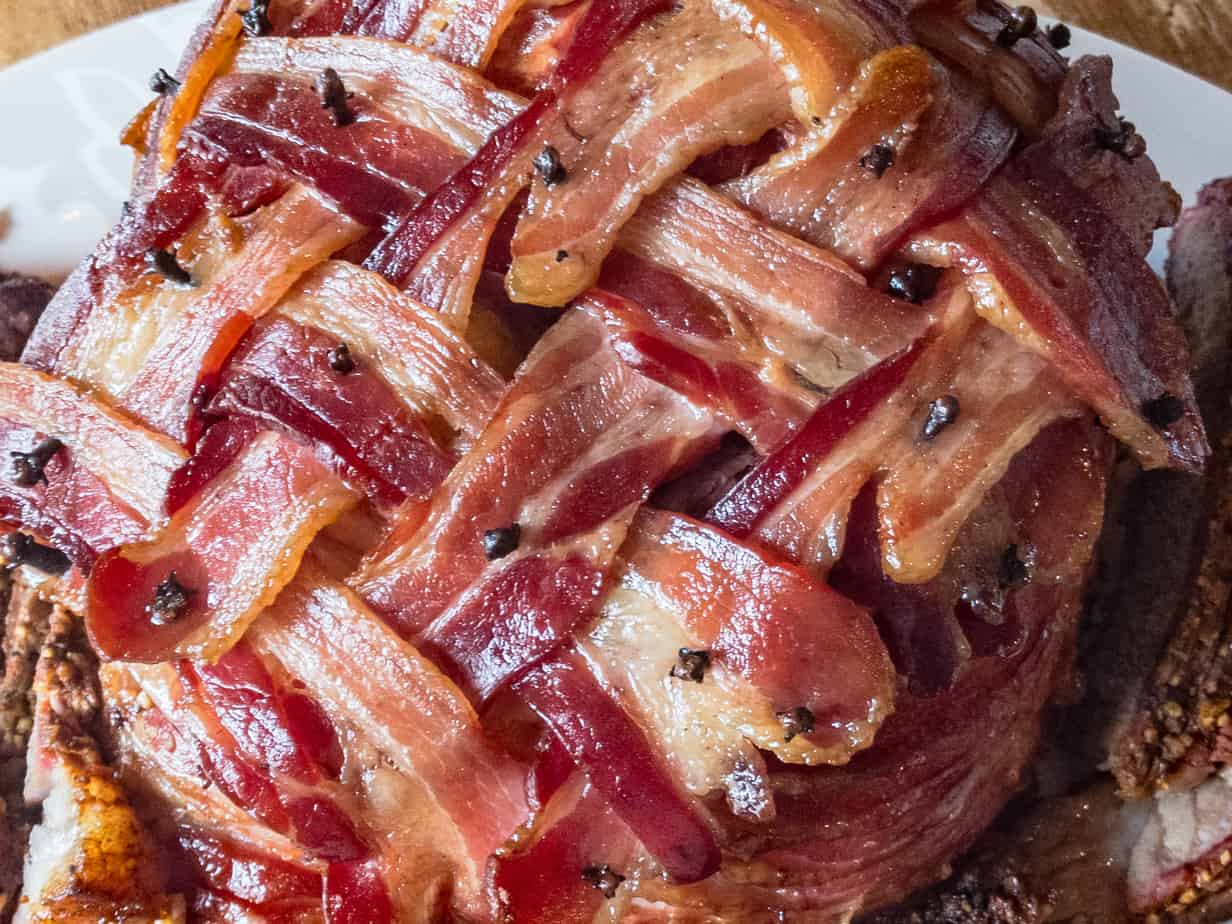
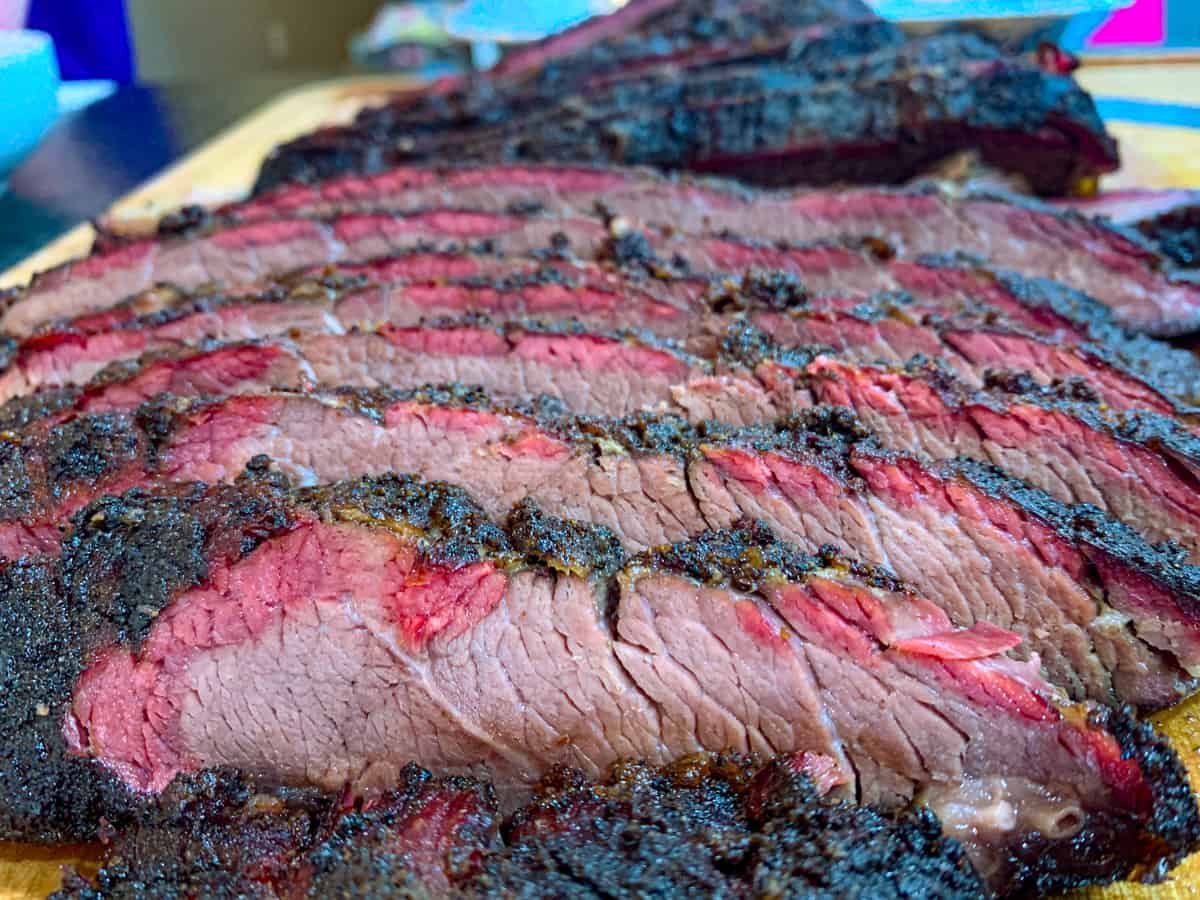


Leave a Reply